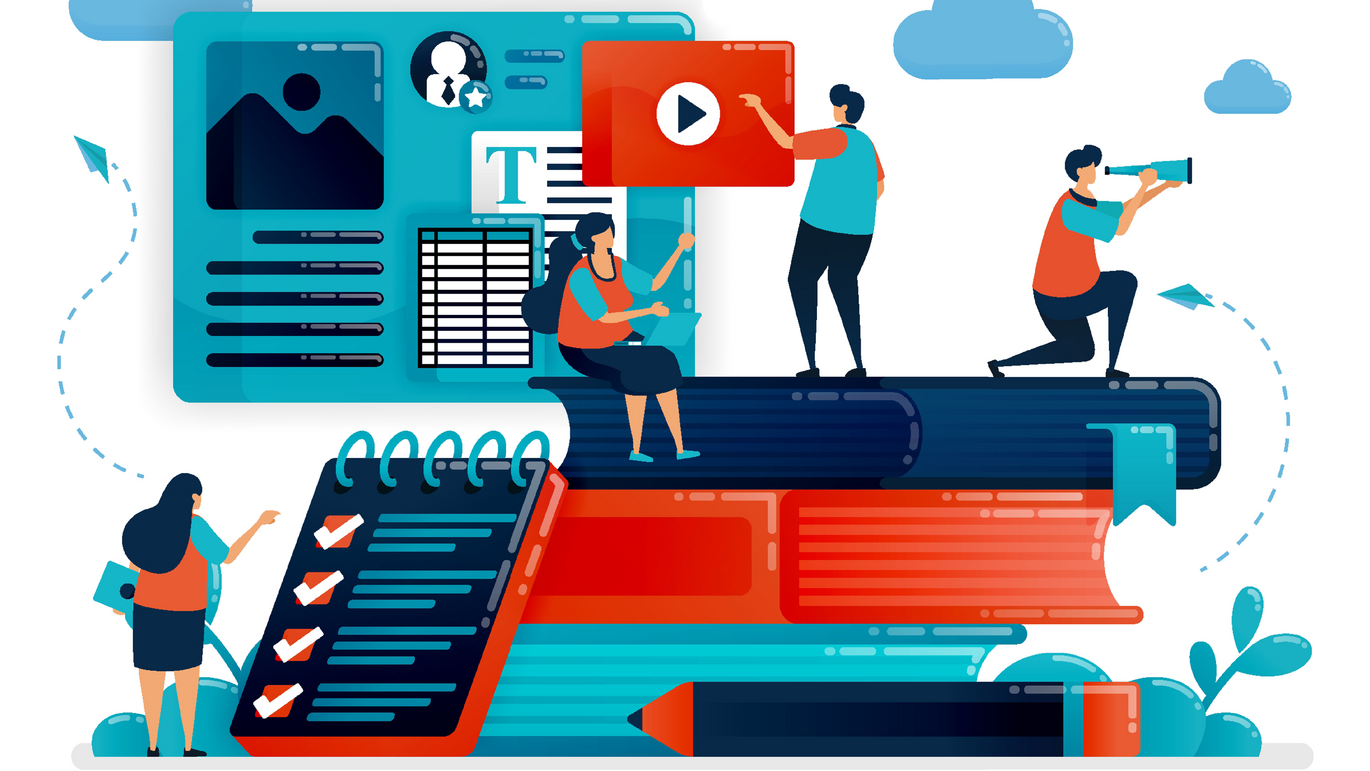Workshop on designing digitally supported peer feedback
Digitally supported peer feedback enables teachers to effectively scale up peer feedback processes and adapt the process to large classes. The CED's workshop introduces peer feedback, the FeedbackFruits tool, and highlights the opportunities it offers.


"One of the major advantages of digital peer feedback is that it allows students to receive more feedback without the teacher having to micromanage the process. Even in large classes with more than 200 students, the students can receive structured and personal feedback," says special consultant Tobias Alsted Nielsen.
He has worked with digital peer feedback for about 10 years.
"In the beginning, peer feedback was a handheld process. The teachers had Excel sheets, which they had to create and continuously update themselves. But within the last 10 years, there has been a significant development on the technological front. Today, the process can be facilitated through tools such as FeedbackFruits," says Tobias Alsted Nielsen.
The peer feedback tool FeedbackFruits, which the CED has made available to teaching staff at AU through Brightspace, guides the students step-by-step through the process of uploading their answers, distributing the answers to a fellow student for assessment, and facilitating the actual feedback through feedback criteria or rubrics.
At the same time, teachers can adjust on different settings, such as anonymity, scheduling deadlines, group or individual feedback, feedback questions, and the number of reviewers. It does not have to be only written assignments – it can also be, for example, website code, images, video, or audio.
Get help making didactic choices about peer feedback
Digital peer feedback opens a lot of possibilities. Thus, there are also a lot of didactic choices to make when setting up a peer feedback activity. Therefore, the CED offers the workshop Designing peer feedback activities using digital tools:
"At the workshop, you will learn how to design suitable peer feedback activities that match your teaching. And you will leave the workshop with an actual feedback activity, ready for implementation in your teaching," says Tobias Alsted Nielsen.
At the same time, he emphasizes that you do not save time in relation to your teaching by implementing digital peer feedback:
"It's not a time-saving activity because the exercise still has to be facilitated. Nor does it necessarily take more time. The time you have available is just spent differently. For example, you must spend time preparing the students on how to carry out the activity. It is important that they feel they have the needed tools to give feedback. And it is also a good idea to regularly look at random samples of both the answers and the feedback," Tobias Alsted Nielsen explains.
But even though it is not necessarily a time-saving exercise, there are many excellent reasons to implement peer feedback:
"By actively involving the students in the feedback process, the feedback is also internalised. They will reflect on how other students have tackled the same assignment, and thus how they themselves approached it. In this reflection process, they learn and develop their capacity for critical thinking," he concludes.
Getting started with peer feedback
The CED offers a number of resources on peer feedback in teaching:
- In the workshop Designing peer feedback activities using digital tools, participants will work on designing suitable peer feedback activities.
- At AU Educate you can read Tobias Alsted Nielsen's article on digitally supported peer feedback.
- Tutorials on the FeedbackFruits tool are also available at AU Educate. And if you need technical support, you can contact the CED for help.
- If you want to provide your students with methods for group feedback, you can refer them to AU Studypedia.
Don't know where to start? Contact Tobias Alsted Nielsen (tan@au.dk | +45 93 52 26 41), who is ready with advice and guidance.
